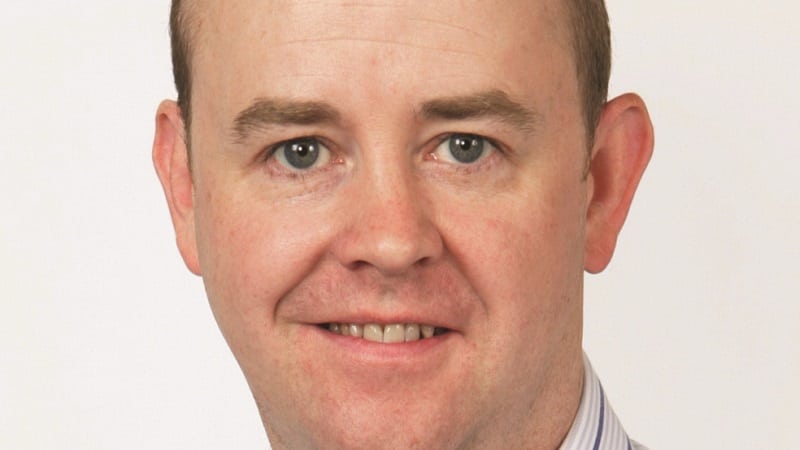If we’re completely honest it’s not the clearest of pictures out there for investors as Brexit and trade wars rage on amid the backdrop of a global economic slowdown.
Investors are worried and who can blame them: we’ve seen a decade-long bull market grind on, despite numerous threats for a hypersensitive global economy.
Much of the credit for this resilience in markets is down to the move of numerous central banks across the globe to take a dovish stance on rates, after seeing the quick shift in market sentiment when they threatened to raise them late last year.
Growth stocks are also at a huge premium to value, but there are still enough questions over a potential style switch too. It appears we are running out of options.
Only recently, the IMF warned that the global economy is growing at its slowest pace since the global financial crisis at just 3%* this year – down from its July forecast of 3.2%* and a sharp slowdown from just two years ago. It added that developed economies would only grow at 1.7%* in 2019.
Defence through diversification has been a theme of 2019. Earlier in the year it was all about using global equities to get this diversification, with roughly £3.4bn of net retail sales being ploughed into the asset class between February and the end of June**. However, as geopolitical concerns persist, investors have begun to take this a step further by investing in volatility-based strategies, which have seen a marked uptick in inflows of £1.2bn in the past five months***.
From discussions I’ve had recently with people in the industry, the sense is that this state of limbo is likely to continue for the foreseeable future. Rates are unlikely to rise any time soon and the market will react sharply to any small shock. That means returns are likely to be lower and investors are right to be very cautious with the core of their portfolios.
However, there is the potential to look for some additional returns within the satellite-element of a portfolio – courtesy of the use of some specialist vehicles.
There a number of sectors and themes that investors may look to tap into, without having to be too worried about the impact the economic climate can have on their long-term returns. Below are some of the specialist vehicles we like in different sectors of the market.
For those who may not want the most aggressive of funds, I would consider the likes of VT Gravis UK Infrastructure. It invests mainly in investment trusts exposed to different types of UK infrastructure, from railways and roads to GP surgeries and solar power. It has an income target of 5% per annum, which will be attractive to income investors at a time when generating a decent yield remains challenging. It also offers investors some protection against rising inflation.
Polar Capital Global Insurance is another fund which has proven its ability to demonstrate alpha in all market conditions. Insurance is a low beta sector and tends to be less volatile than the wider market – after all, we all need insurance, so demand is pretty consistent. Manager Nick Martin invests in 30-35 companies and tends to avoid life assurers instead focusing on companies in the specialist non-life, casualty and risk sectors.
Those looking to take on a bit more risk may consider the Merian Gold & Silver fund, managed by Ned Naylor-Leyland, which invests in the shares of gold and silver companies, as well as the miners. We like the managers’ attention to detail when evaluating companies and his preference for the tried and trusted firms. The fund’s ability to hold up to 70% in silver also offers the potential for higher returns, albeit while increasing the risk profile. Merian Gold & Silver’s returns have been volatile since launch, but its low correlation to other asset classes demonstrates its potential value in a diversified portfolio.
Lastly, Smith & Williamson Artificial Intelligence fund is also worth considering given the number of areas it already touches as a theme. We also like the fact that the managers practise what they preach by using artificial intelligence as part of their own investment process. The fund also looks for companies that incorporate AI, rather than just making it, which means this fund is a more diversified play on a theme that will only grow.
*Source: International Monetary Fund, October 2019
**Source: Investment Association, IA Global sector, 1 February 2019 to 30 June 2019
*** Source: Investment Association, IA Volatility Managed sector, 1 April 2019 to 31 August 2019










